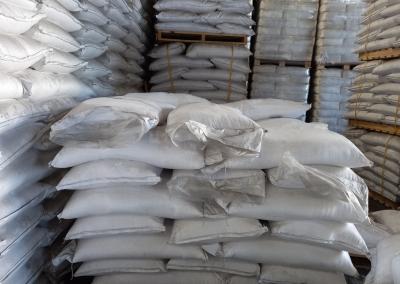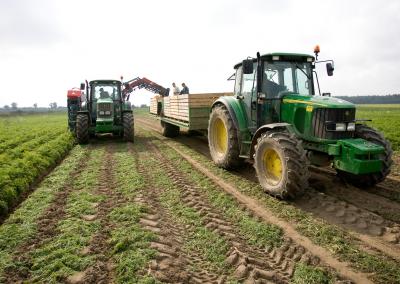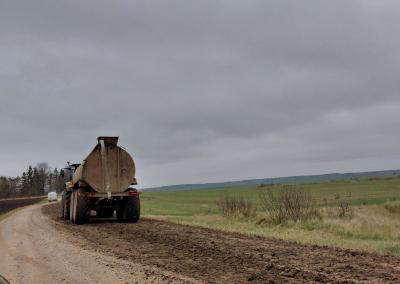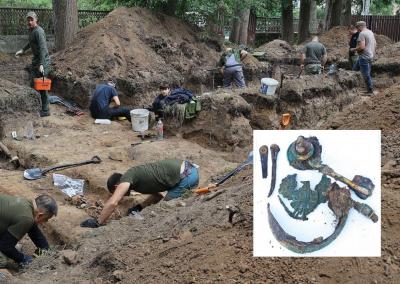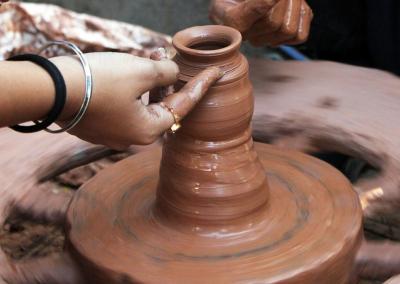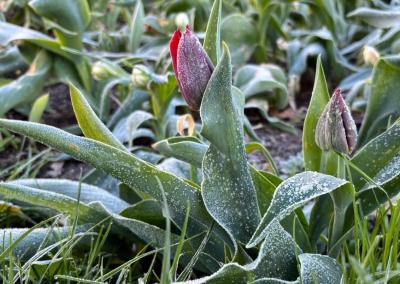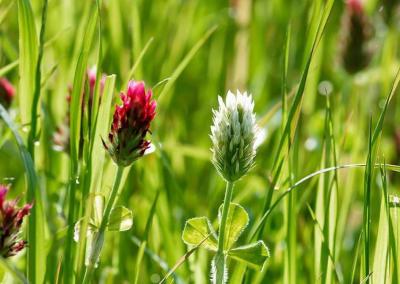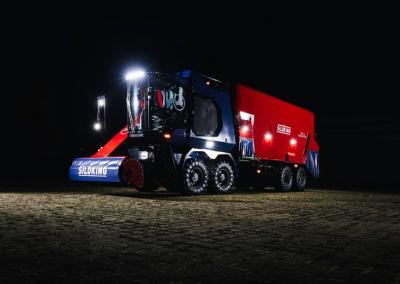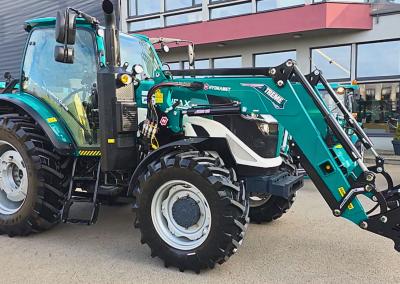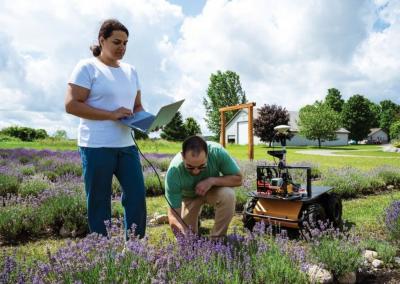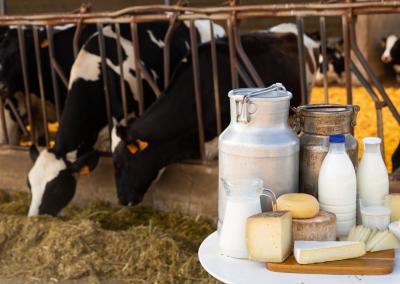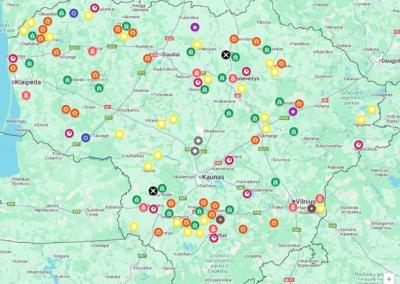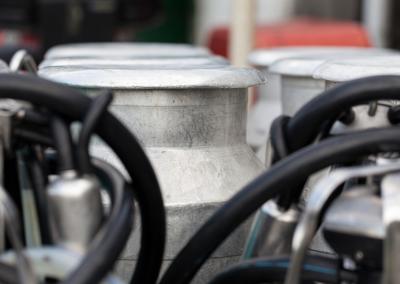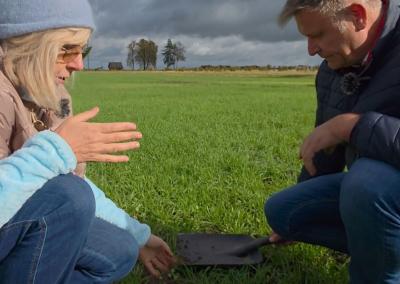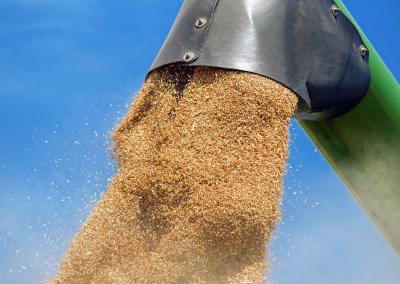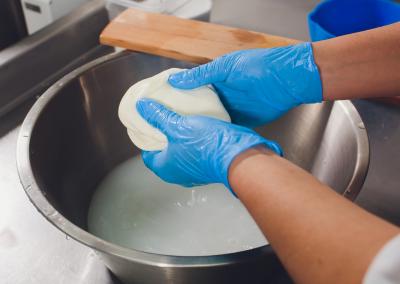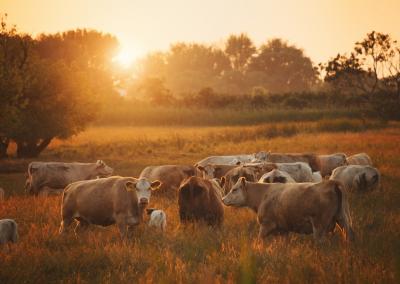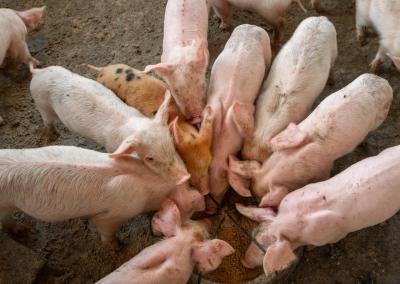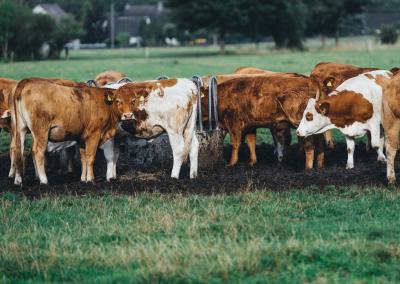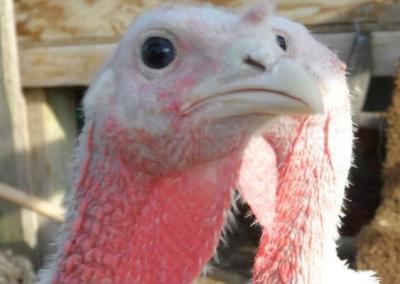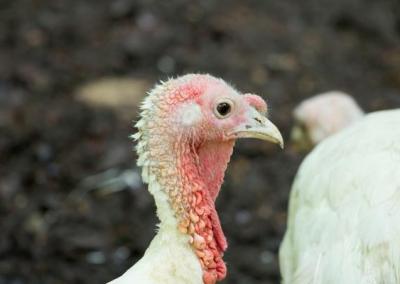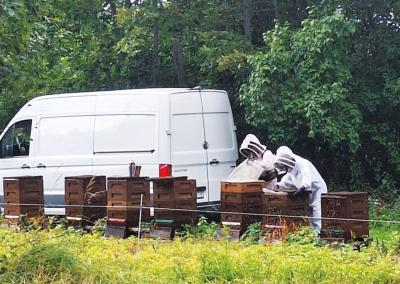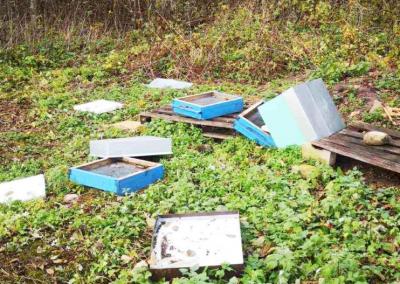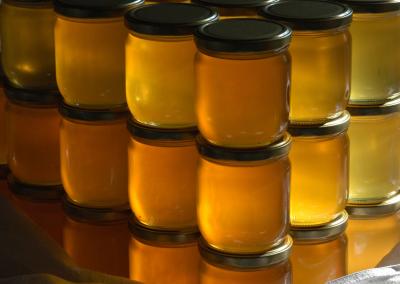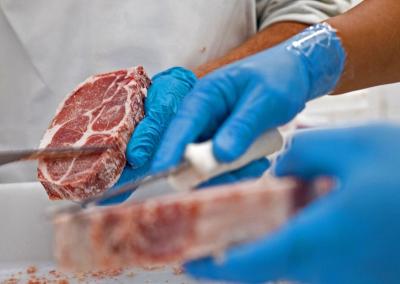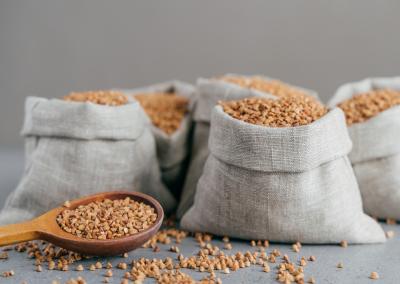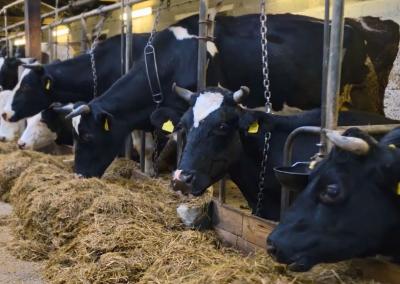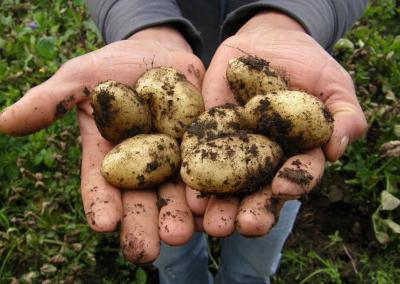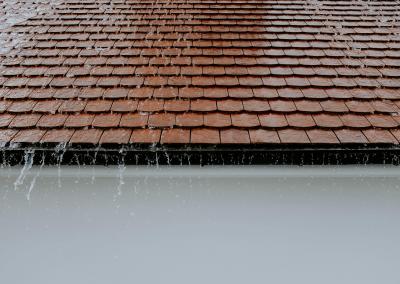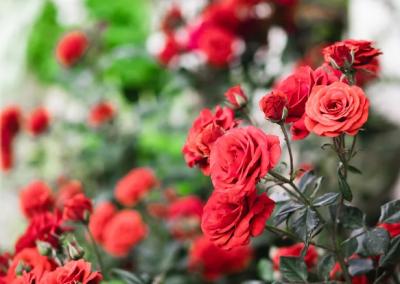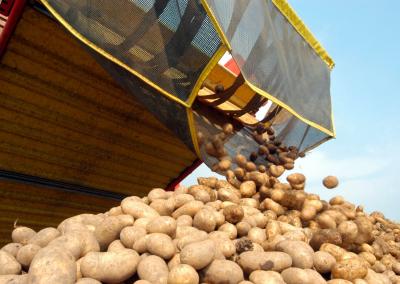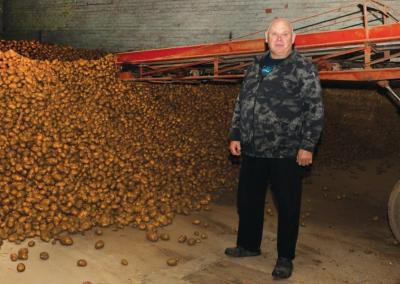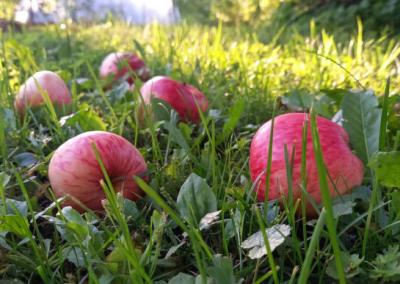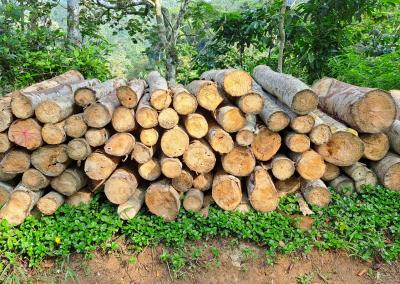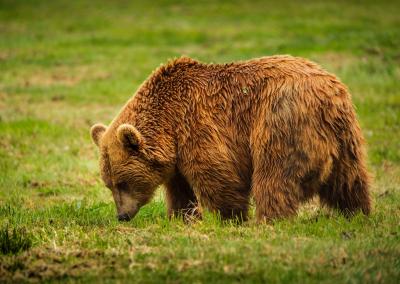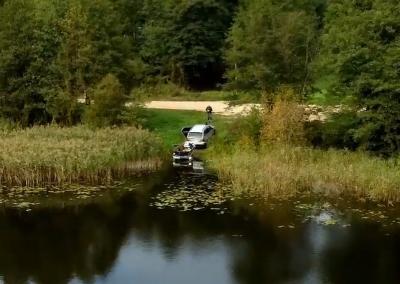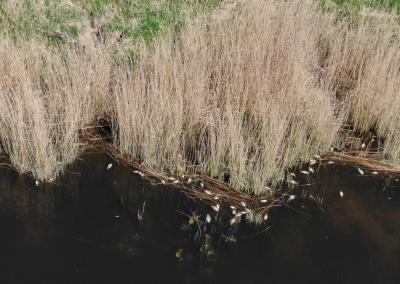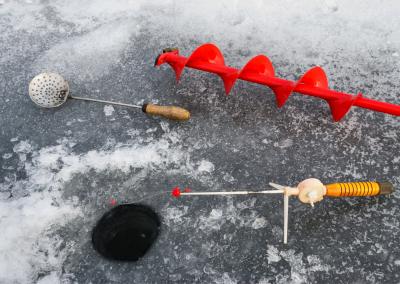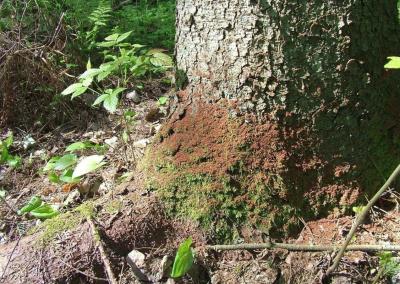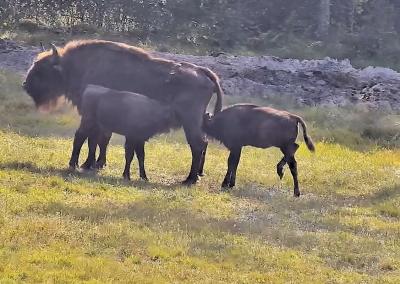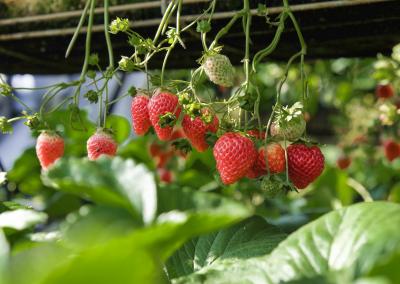Sweet harvest with your own hands: a complete guide to growing raspberries
Flowerberries are one of the most popular and tasty berries that are easy to grow in your own garden or even on your balcony. These perennial berry bushes are not only sweet and fruity, but also valuable for their nutritional properties. In order to get a rich and high-quality harvest, it is important to know the basic principles of berry cultivation.
This guide will give you all the information you need, from choosing varieties to harvesting.
Growing raspberries: choosing varieties
The first and very important step – choosing the right raspberry variety . Different varieties have different fruiting times, berry size, flavour, disease resistance and climatic conditions. The following raspberry varieties are popular in Lithuania:
- Traditional (single harvest): Ripe in early to mid summer. Popular varieties: ‘Polana’ (early), ‘Laszka’ (medium early), ‘Radziejowa’ (late).
- Remontant (multiple cropping): Harvesting can be done twice a season – in late summer and in autumn until frost. Popular varieties include ‘Polka’ (early autumn), ‘Pokusa’ (medium early autumn), ‘Himbo Top’ (late autumn).
- Yellow fruits: They have a mild flavour and are decorative. Popular varieties: ‘Golden Queen’, ‘Fall Gold’.
- Black raspberries: Distinguished by their specific flavour and higher disease resistance. Popular varieties: ‘Bristol’, ‘Jewel’.
When choosing a variety, take into account your climate zone, the desired ripening time and the taste of the berries. For beginners, it is recommended to choose remontant varieties as they are often more resistant to diseases and pests and allow you to enjoy the harvest for a longer period of time.
Growing raspberries: choosing the right location and preparing the soil
Wheat likes a sunny location sheltered from strong winds. In the shade, the berries will be smaller, more acidic and yield less. Raspberries grow best in loose, fertile, slightly acidic soil (pH 5.5 to 6.5).
Prepare the soil thoroughly before planting:
- Remove weeds: Raspberries do not like competition for nutrients and moisture.
- Plodge the soil: Dig holes or trenches (depending on the planting method) about 40-50 cm deep and wide.
- Fertilize: Add compost, digested manure or complex mineral fertiliser to the soil. This will give the young raspberries the nutrients they need.
- Drainage: If your soil is heavy and tends to collect water, add a layer of drainage (e.g. gravel or expanded clay) to the bottom of the pits.
Planting: when and how?
The best time to plant raspberries is early spring (before the start of the growing season) or autumn (after leaf drop).
Planting process:
Spacing: Leave a distance of 0.7-1 metre between individual bushes and 1.5-2 metres between rows. If you are planting a hedge, you can reduce the distance between shrubs to 0.5 metres.
Seedlings: Choose healthy, strong seedlings with a well-developed root system. The roots can be soaked briefly in water before planting.
Depth: Plant the seedling at a depth where the root collar is flush with the ground. Raspberries planted too deeply may have a poorer establishment.
Filling and watering: Fill the hole with soil, press down gently and water generously.
Mulching: It is advisable to mulch around planted shrubs with peat, sawdust or straw. Mulch will help retain moisture, inhibit weed growth and protect the roots from temperature fluctuations.
To produce a bountiful harvest, raspberries need proper care:
- Watering: Raspberries like moisture, especially during flowering and ripening. In dry summers, water regularly, especially young bushes.
- Fertilisation: Fertilise raspberries with nitrogen fertiliser before flowering in spring and with phosphorus and potassium fertiliser after harvesting. Organic fertilisers (compost, manure) are also very useful.
- Prune: Pruning is necessary to regulate fruiting, ensure good air circulation and remove diseased or damaged branches.
Traditional varieties: After harvesting, cut off all fruiting shoots close to the ground. Leave the strongest new shoots for next year's harvest.
Repair varieties: Can be pruned in two ways: either cut all the shoots close to the ground in the autumn (then the harvest will only be in the autumn of the following year), or cut the last year's shoots in half in the spring (then the harvest will be twice; in the summer on the last year's shoots and in the autumn on the new shoots).
Pest and disease control: Inspect raspberries regularly for pests (e.g. aphids, raspberry weevils) or diseases (e.g. raspberry rust, bunch rot). At the first signs, take appropriate measures (insecticides, fungicides or natural defences).
Weed control: Keep weeding around raspberries.
Harvesting: when and how?
Ripe raspberries ripen gradually, so harvesting should be done several times a season, every 2-3 days. When ripe, the berries separate easily from the bunch and are rich in colour. Pick the berries carefully to avoid injury.
It is best to do this in the morning when the dew has fallen or in the evening when it is not hot.
Growing raspberries: winter preparation
Although raspberries are quite hardy, young shrubs in their first year and some of the more sensitive varieties may need extra protection in winter. In autumn, after pruning, you can mulch around the bushes with a thicker layer of peat or sawdust.
In some cases, the shoots can be staked to the ground and covered with agri-film or spruce branches.
When properly cared for, raspberries will produce abundantly and provide you with sweet and healthy berries for many years. Follow the advice in this guide and enjoy the harvest you have grown with your own hands!

